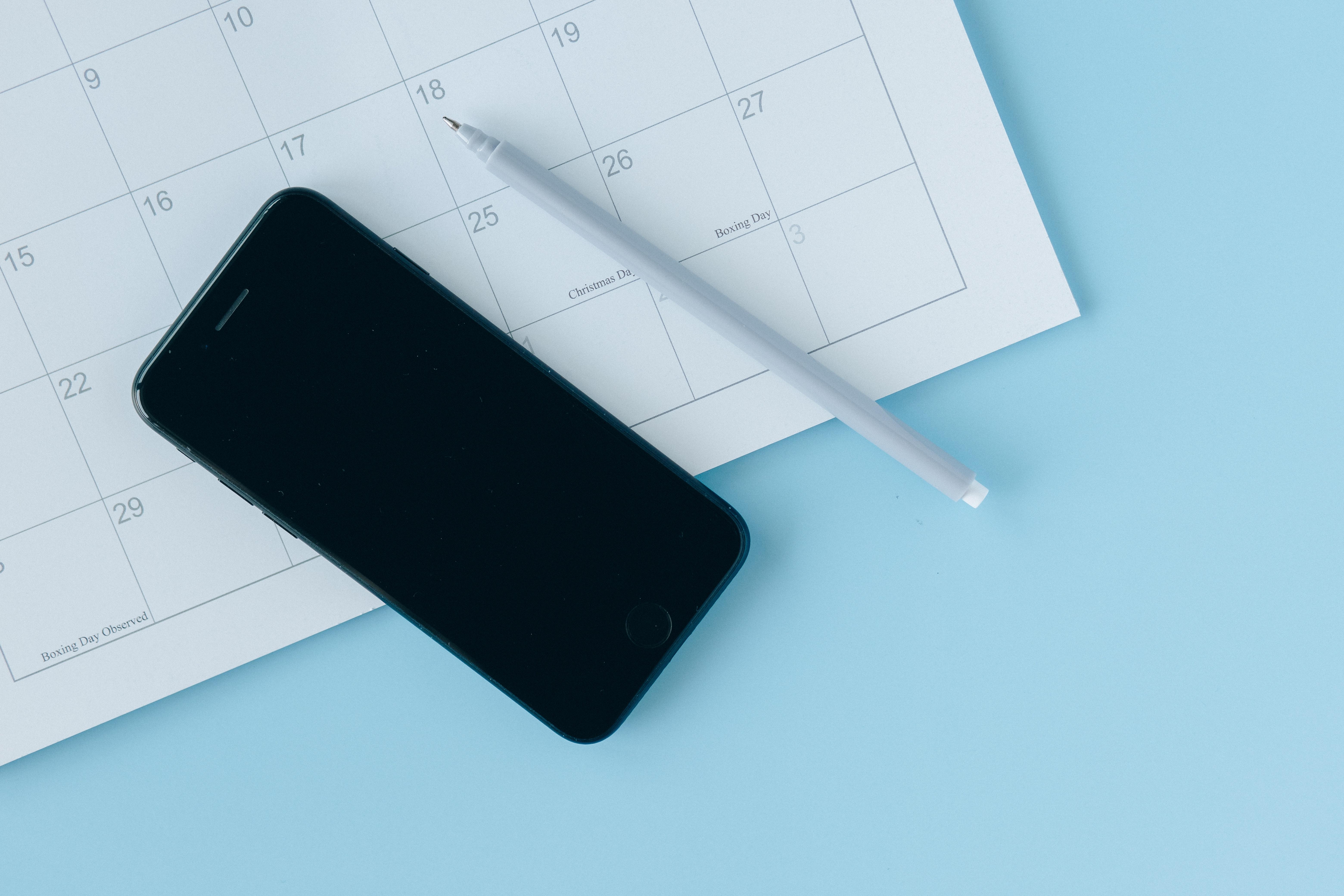Share this
Shortening Lease Accounting Reconciliation from Hours to Seconds
by Matt Waters, CPA on August 26, 2020
Accounting teams may spend anywhere from several hours to a couple of days each month reconciling their ROU asset and lease liability accounts. But this reconciliation process can be cut down to seconds with automation.
Lease accounting reconciliation provides documentation confirming that the ROU asset and lease liability accounts reflected on the balance sheet are correct. Those numbers on the balance sheet are constructed from transactions that have been recorded in the general ledger (GL), which typically resides in a company’s Enterprise Resource Planning (ERP) system. The ROU asset and lease liability account balances are derived from each of the company’s lease amortization schedules, which typically reside in lease accounting software or in separate spreadsheets. Comparing numbers manually that reside in disparate places can be difficult and result in human errors.
Preparation
No matter how reconciliation is done, the process consists of two major steps: preparation, and documentation and review.
To manually reconcile a company’s total ROU asset and lease liability amounts to those listed on the balance sheet, accountants must create a reconciliation spreadsheet with a row for each lease, a column for the ROU asset, and a column for the lease liability balances. They then must comb through each contract’s amortization schedule to find the current month’s balance for both the lease liability and the ROU asset. Next, in each row, they need to input the name of each leased property. In the respective columns, they need to input the corresponding lease liability and ROU asset balances for each contract. After doing that for all their leases, they must add the amounts in each column to get the total ROU asset and total lease liability.
CoStar lease accounting software can help companies automate the entire reconciliation process.
Documentation and Approval
After obtaining the total ROU asset and total lease liability, accountants create a document that includes spreadsheets and screenshots to prove the amounts for total ROU asset and total lease liability balances produced in the preparation phase equal the company’s total ROU asset and lease liability on the balance sheet. This document contains the spreadsheets produced in the preparation phase and a screenshot from the GL, proving that the totals match. The accountant then must forward the documents to a superior who double-checks everything for final approval.
This documentation and approval process can be bypassed and automated when lease accounting software is integrated with reconciliation software.
Automating Reconciliation
Lease accounting software that integrates with reconciliation software allows reconciliation to occur in seconds without manual reviews. Lease accounting software automatically produces the documentation required in the preparation phase. An abstract and amortization schedule for each lease is housed in the leasing software, which automatically adds all the current ROU asset and lease liability balances to present a companywide total ROU asset and lease liability.
Reconciliation software automatically retrieves real-time balances from the general ledger in the ERP and compares that to the total balance of the ROU asset and lease liability in the lease accounting software. The reconciliation software saves the documentation from the ERP system and the lease accounting software. When the balances from the leasing software and the ERP match, the reconciliation software automatically certifies the numbers are accurate, so no manual reviews are necessary. If they don’t match, accountants will use the lease accounting software and reconciliation software to discover the cause of the variance.
Not all leasing software has the ability to integrate with reconciliation software, so that should be a consideration for buyers. Leasing software should also be able to provide an accounting summary report that includes the company wide ROU asset and lease liability balances, with supporting documentation of the balance for each lease. Some companies use a roll forward report to further support their account reconciliations, and many auditors require these reports. Good lease accounting software will be able to automate the roll-forward report.
Share this
- ASC 842 (78)
- Lease Accounting Software (59)
- Accounting Teams (36)
- Lease Administration Software (13)
- Retail Tenants (12)
- Commercial Real Estate (8)
- Lease Management (8)
- Market Data and Analytics (7)
- Real Estate Teams (5)
- Success Stories (5)
- News and Media Coverage (2)
- Transaction Management Software (2)
- Customer Success (1)
- Office Tenants (1)
- April 2024 (1)
- February 2024 (1)
- December 2023 (4)
- November 2023 (6)
- October 2023 (4)
- September 2023 (2)
- August 2023 (2)
- July 2023 (3)
- May 2023 (2)
- March 2023 (1)
- February 2023 (3)
- December 2022 (3)
- November 2022 (4)
- October 2022 (4)
- September 2022 (1)
- August 2022 (4)
- June 2022 (1)
- May 2022 (4)
- April 2022 (8)
- March 2022 (3)
- February 2022 (1)
- October 2021 (2)
- September 2021 (1)
- August 2021 (15)
- July 2021 (3)
- June 2021 (1)
- May 2021 (1)
- April 2021 (3)
- March 2021 (1)
- January 2021 (1)
- December 2020 (3)
- November 2020 (1)
- October 2020 (2)
- September 2020 (2)
- August 2020 (3)
- July 2020 (2)
- June 2020 (3)
- May 2020 (1)
- April 2020 (1)
- March 2020 (1)
- February 2020 (1)
- December 2019 (1)
- October 2019 (1)
- September 2019 (2)
- August 2019 (3)
- July 2019 (2)
- April 2019 (69)
- October 2018 (1)
- August 2018 (1)
- July 2018 (1)
- June 2018 (1)
- May 2018 (1)
- April 2018 (2)
- March 2018 (3)
- February 2018 (2)
- December 2017 (1)
- August 2017 (3)
- June 2017 (2)
- May 2017 (2)
- April 2017 (1)
- March 2017 (2)
- January 2017 (2)
- November 2016 (2)
- July 2016 (1)
- June 2016 (1)
- July 2015 (1)
- March 2015 (1)
- June 2014 (1)
- April 2014 (11)
- October 2011 (1)
You May Also Like
These Related Stories

3 Benefits of Automated Balance Sheet Reconciliation Reports

Automatically Calculate Indexed Charge Adjustments and Reconciliations



